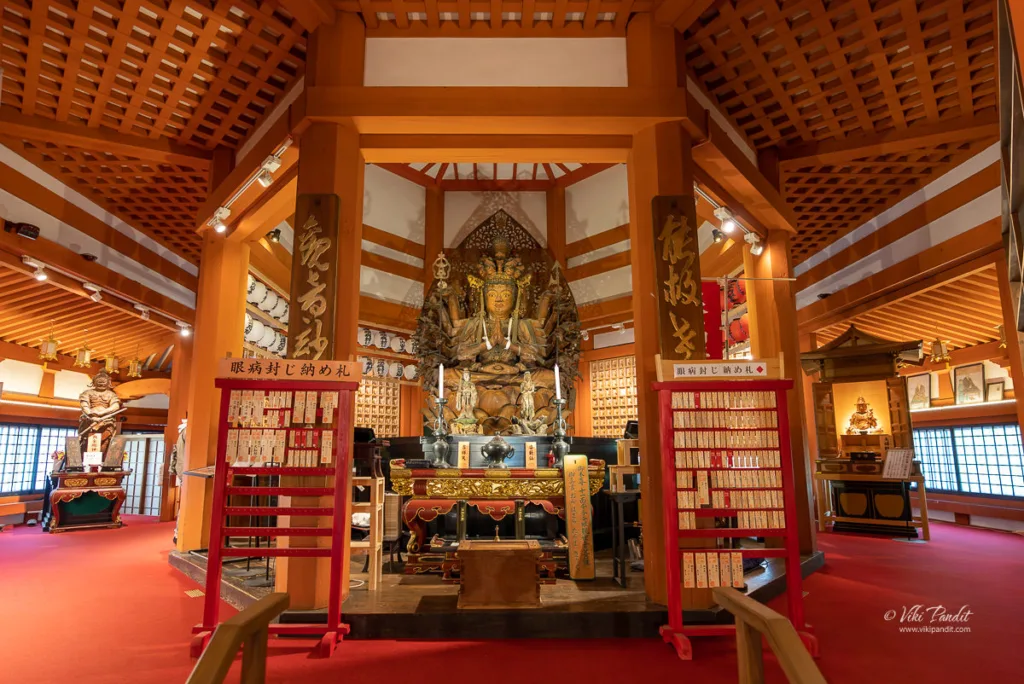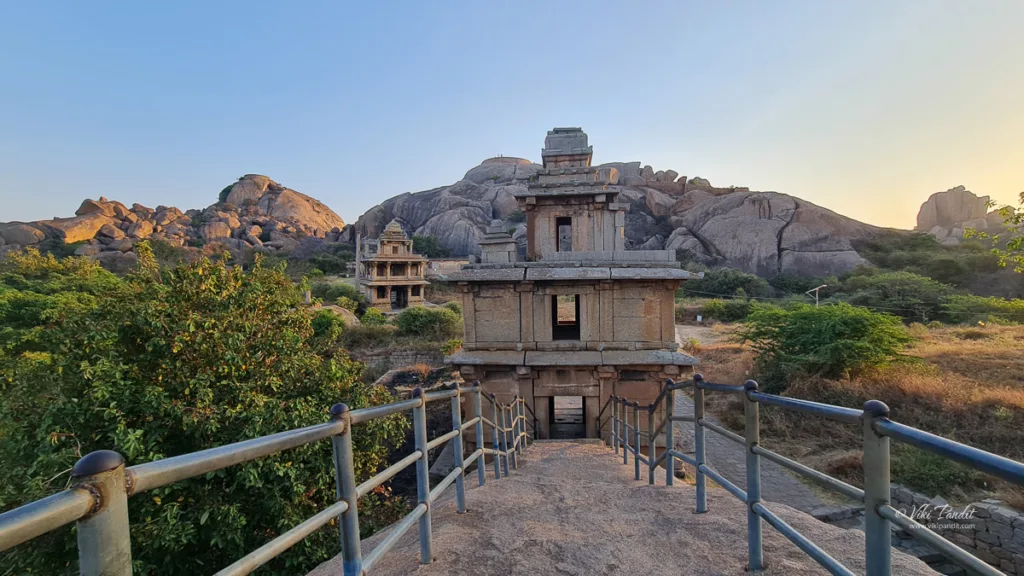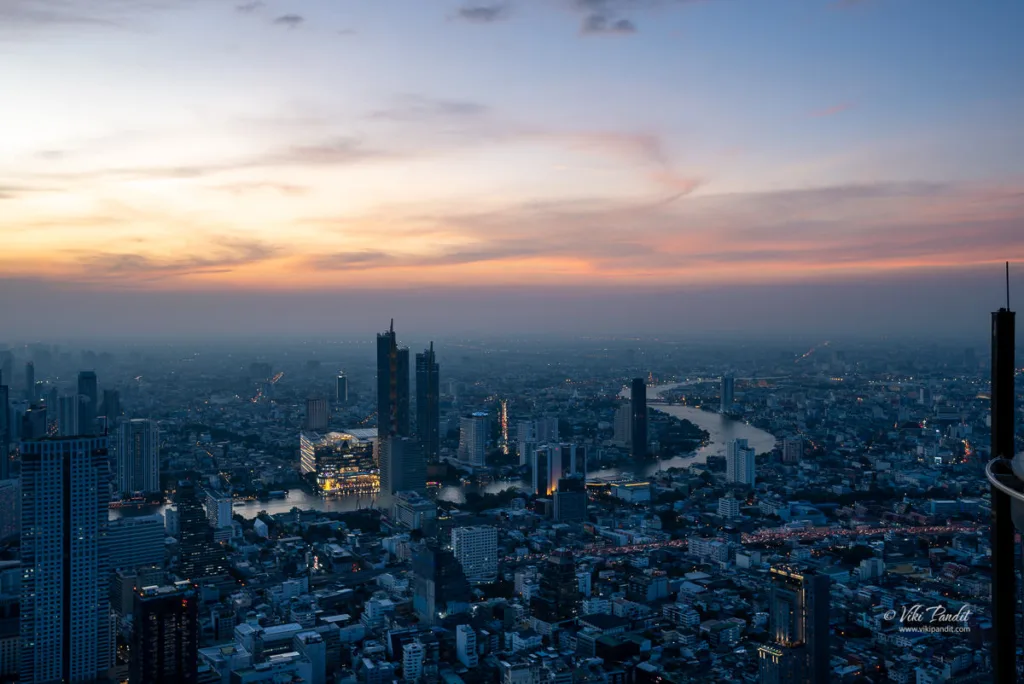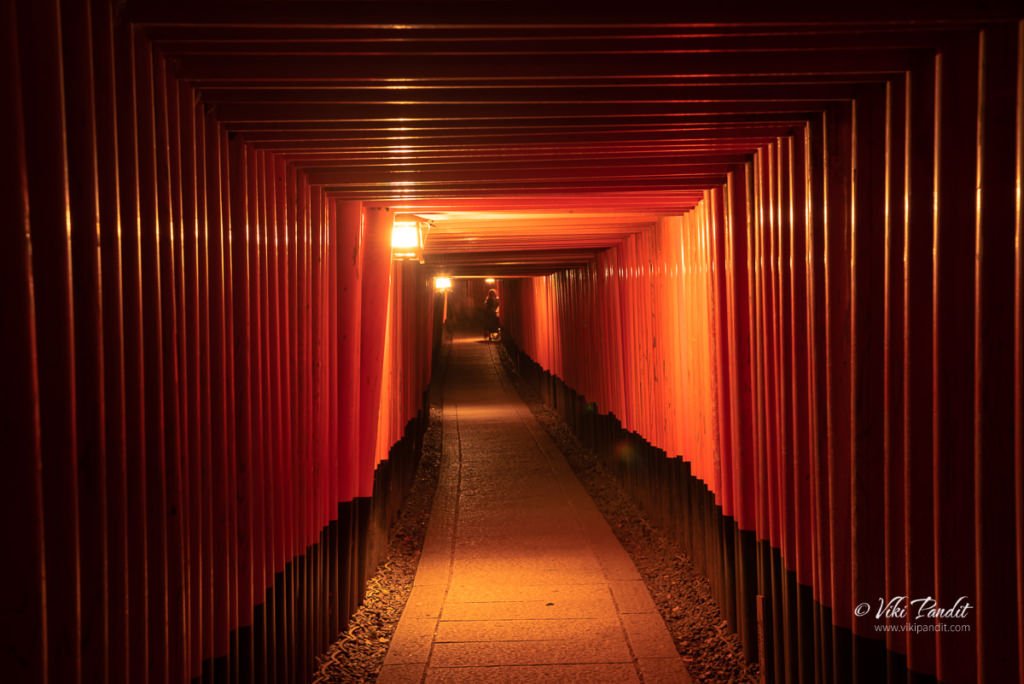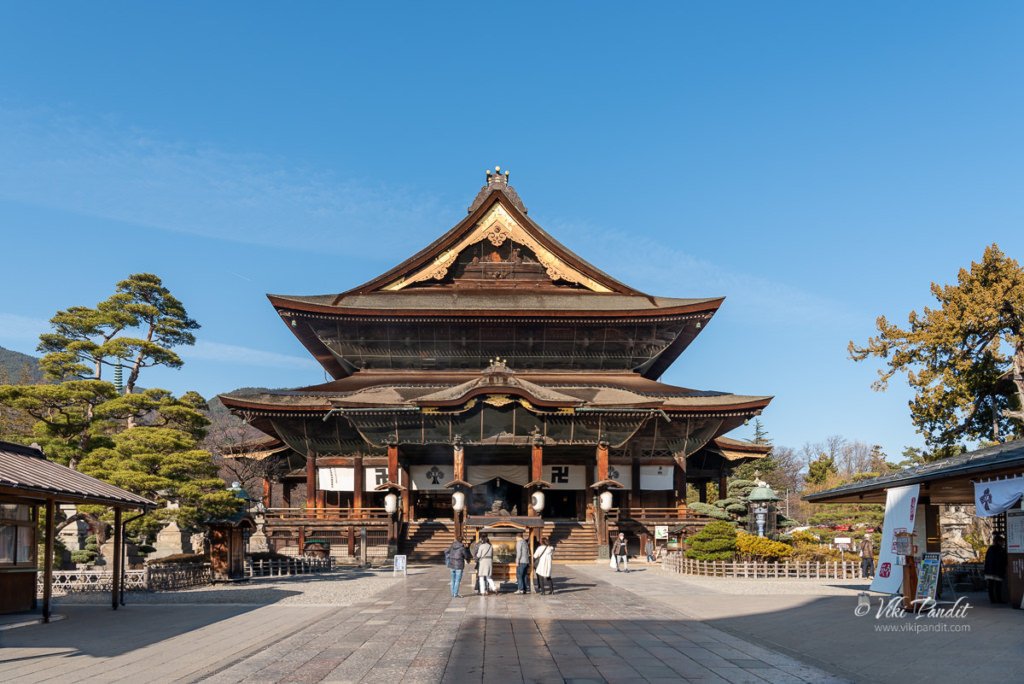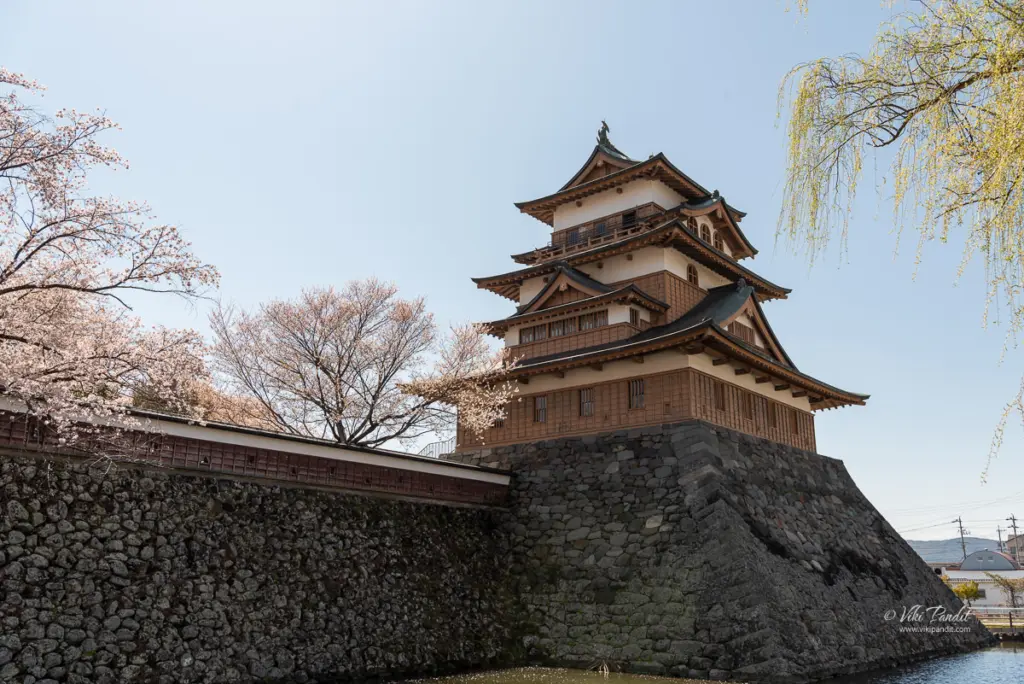
Sakura blooms at Takashima Castle Park
Takashima Castle Park, nestled in the heart of Japan, transforms into a breathtaking spectacle during the Sakura season. As spring unfolds, the park’s cherry blossoms, or Sakura, burst into bloom, creating a captivating sea of delicate pink and white hues. The ancient castle, with its historic architecture, serves as a picturesque backdrop to this natural spectacle.
